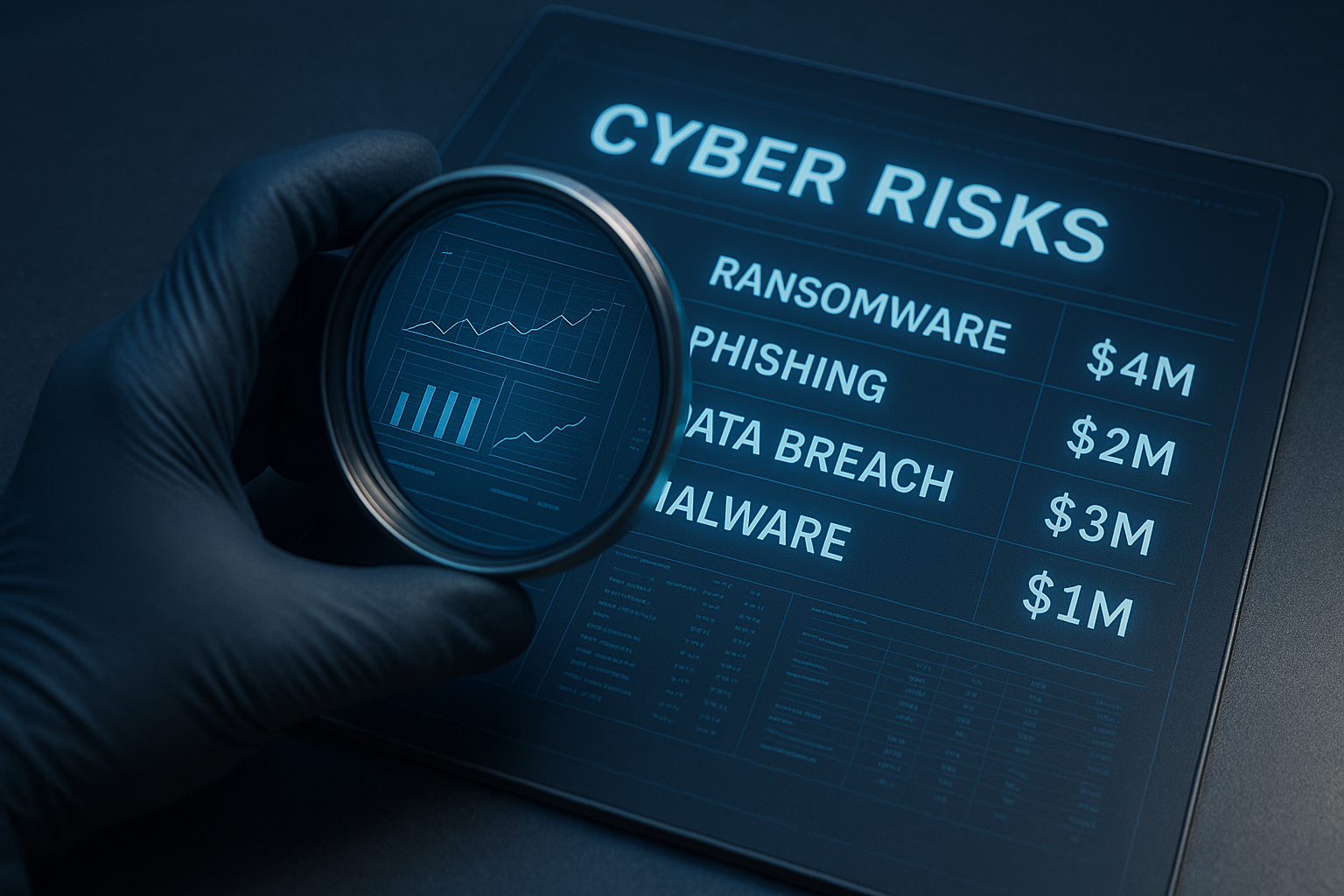HIPAA Cybersecurity Compliance
The Health Insurance Portability and Accountability Act (HIPAA) seeks to ensure that patients’ data, protected health information (PHI), is reasonably protected from both a privacy and security perspective. As we have shifted into the digital age, healthcare providers have had to account for the rise of electronically protected health information (EPHI) and the wealth of new technologies available to enhance the patient experience and improve patient outcomes. While these technologies have made great strides to their respective ends, they have also opened up many opportunities for bad actors to attack organizations that store some of the most intimate information people can imagine. To protect healthcare organizations from data breaches, review the HIPAA cybersecurity requirements in the HIPAA Privacy and Security Rules.
The HIPAA Privacy Rule
According to the Department of Health and Human Services, The Rule requires appropriate safeguards to protect the privacy of personal health information and sets limits and conditions on the uses and disclosures that may be made of such information without patient authorization. The Rule also gives patients rights over their health information, including the right to examine and obtain a copy of their health records and to request corrections.
In short, the Privacy Rule seeks to protect the confidentiality of PHI that a covered entity handles.
The HIPAA Security Rule
The DHHS states: The HIPAA Security Rule establishes national standards to protect individuals’ electronic personal health information created, received, used, or maintained by a covered entity. The Security Rule requires appropriate administrative, physical, and technical safeguards to ensure electronic protected health information's confidentiality, integrity, and security.
The HIPAA Security Rule seeks to ensure electronic PHI has the necessary security measures to protect patient information from outside actors.
How Do the HIPAA Security and Privacy Rules Differ
The difference between the HIPAA Security and Privacy Rules comes down to the empirical difference between privacy and security. Considering EPHI is like a house, security may be able to put bars on the windows, but that does not mean people cannot see in. That’s where privacy (the curtains in this analogy) come into play. When effectively harmonized, security and privacy work together to enable the safety of patient information while also granting patients the ability to control who within and outside the organization has access.
Where the security rule mandates covered organizations to implement administrative safeguards, physical security, and technical controls, the privacy rule applies more guidelines to protect patient anonymity both within the organization (e.g., health care professionals not working on a given case) and outside the organization (e.g., a specialist at a different hospital or, worse, a bad actor who gained access to the system).
Using the NIST CSF and Privacy Frameworks for HIPAA Cybersecurity Compliance
In January 2020, the National Institute of Standards and Technology (NIST) introduced its much-anticipated Privacy Framework. The Privacy Framework is built on the success of their wildly popular Cybersecurity Framework. It enables organizations to roll out privacy program management alongside security and risk management using the CSF and Risk Management Framework. As discussed in this post, privacy and security are two sides of the same coin. If we think of security as a rectangle and privacy as a square - in the same way, all squares are rectangles. Still, not all rectangles are squares; privacy programs inherently call upon security, but not all security programs are inherently secure. Especially regarding the HIPAA security framework, ensuring harmonization across security and privacy efforts is critical. However, catering to regulations (in this case, HIPAA), not preparing for the future, and addressing risks and threats that have emerged since the Security and Privacy Rules were updated are equally as critical. As a result, leveraging outcomes, risk-based frameworks like the CSF and Privacy Framework enable organizations to meet compliance while ensuring their information systems are secure and prepared for the future.
The CyberStrong integrated risk management platform benchmarks all assessments against the NIST CSF and supports HIPAA compliance and the NIST Privacy Framework. To learn more about the CyberStrong platform, click here to schedule a conversation.





.png)
.png)
.png)
%201.png)
.png)




